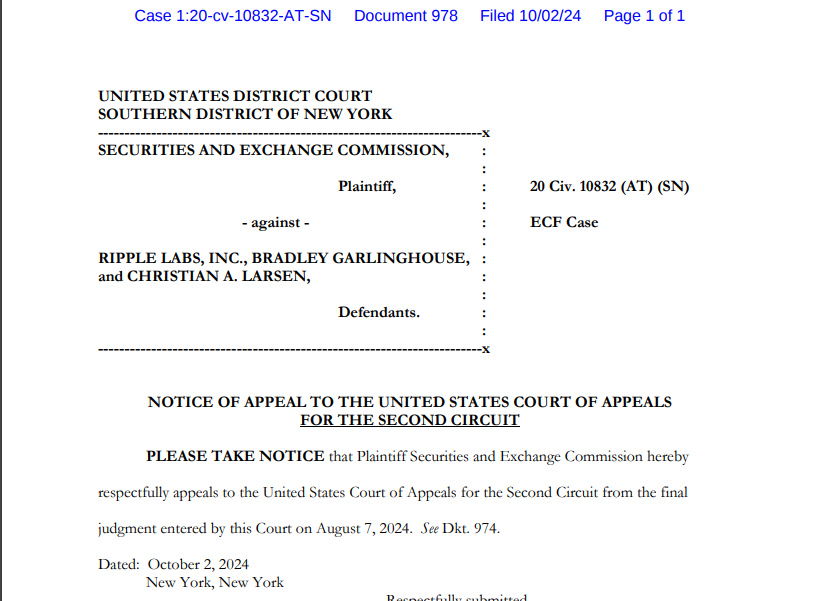BlockFi CEO Zac Prince resumed his legal face-off with former counterpart Sam Bankman-Fried last Friday. Prince detailed the events that led his lending firm to file for bankruptcy. BlockFi initiated loans to Alameda Research in the waning days of 2020 or early 2021. Prince characterized these loans as having “robust agreements.” The lending escalated in the second quarter of 2021 following conversations with Bankman-Fried.
By May 2022, loans from BlockFi to Alameda Research had skyrocketed, surpassing the $1 billion mark. However, the tides turned for BlockFi, as the firm incurred substantial losses. These losses were notably tied to the decline of the Terra Luna crypto ecosystem. Consequently, BlockFi started asking Alameda for repayment of which they paid all. BlockFi made new loans to Alameda worth $850 million. To mitigate risk, BlockFi received quarterly balance sheets from Alameda. These financial documents verified the hedge fund’s liquidity and solvency. Moreover, Alameda provided collateral primarily in FTX’s FTT tokens and other cryptocurrencies.
Unresolved debts and the collateral quagmire
Alameda Research’s financial standing took a severe hit in November 2022. Outstanding loans from BlockFi were estimated to be between $800 million and $850 million. Despite Alameda’s downfall, about $650 million remained unpaid. Alameda attempted to fortify its commitment by posting additional collateral, which featured FTT tokens, Robinhood shares, and Grayscale trust shares. Besides being a lender, BlockFi also maintained a customer relationship with FTX. It held Alameda’s collateral on the FTX platform and managed customer funds valued at approximately $350 million.
During the trial, Prince revealed that BlockFi lost just over $1 billion due to its dealings with FTX and Alameda Research. This staggering loss compelled the firm to declare bankruptcy less than three weeks after Alameda’s collapse.
Prince also accused Alameda and FTX of intentionally sabotaging BlockFi’s model, which was centered around providing high-interest rates to crypto depositors and lending out their assets to institutional borrowers.
According to Prince, Alameda and FTX engaged in a series of harmful actions, including shorting BlockFi’s native token, BFI, on various exchanges, which decreased its value and market capitalization. Furthermore, he said FTX spread false rumors and negative publicity about BlockFi’s financial situation, regulatory compliance, and security measures. He also declared that FTX launched a competing service, FTX Earn, which offered similar services to BlockFi but with lower fees and higher returns
In the courtroom, Bankman-Fried’s lead attorney, Mark Cohen, pushed Prince for further details on BlockFi’s due diligence process. Prince indicated that BlockFi’s general counsel, along with three deputies and their respective teams, might have scrutinized Alameda’s paperwork. At the end of Friday’s session, Assistant U.S. Attorney Nicholas Roos asked Prince why BlockFi chose to file for bankruptcy at that specific time. Prince responded that the filing wouldn’t have occurred in November 2022 if the loans to Alameda and the funds on FTX hadn’t been compromised.
Prince strongly consented to the jury to hold SBF accountable for his actions and compensate BlockFi with punitive and compensatory damages. He strongly denounced SBF’s actions as being unethical, illegal, and immoral and demanded that he be punished accordingly.
Throughout the trial, SBF has denied all accusations against him and maintained his innocence. He argues that BlockFi’s failure was a result of its own mismanagement, poor execution, and risky business model. SBF also asserts that he had no involvement or control over Alameda’s or FTX’s operations or decisions, and he acted in good faith as a competitor and investor in the crypto industry.
The SBF trial is expected to last several weeks as both parties present their evidence and witnesses.





